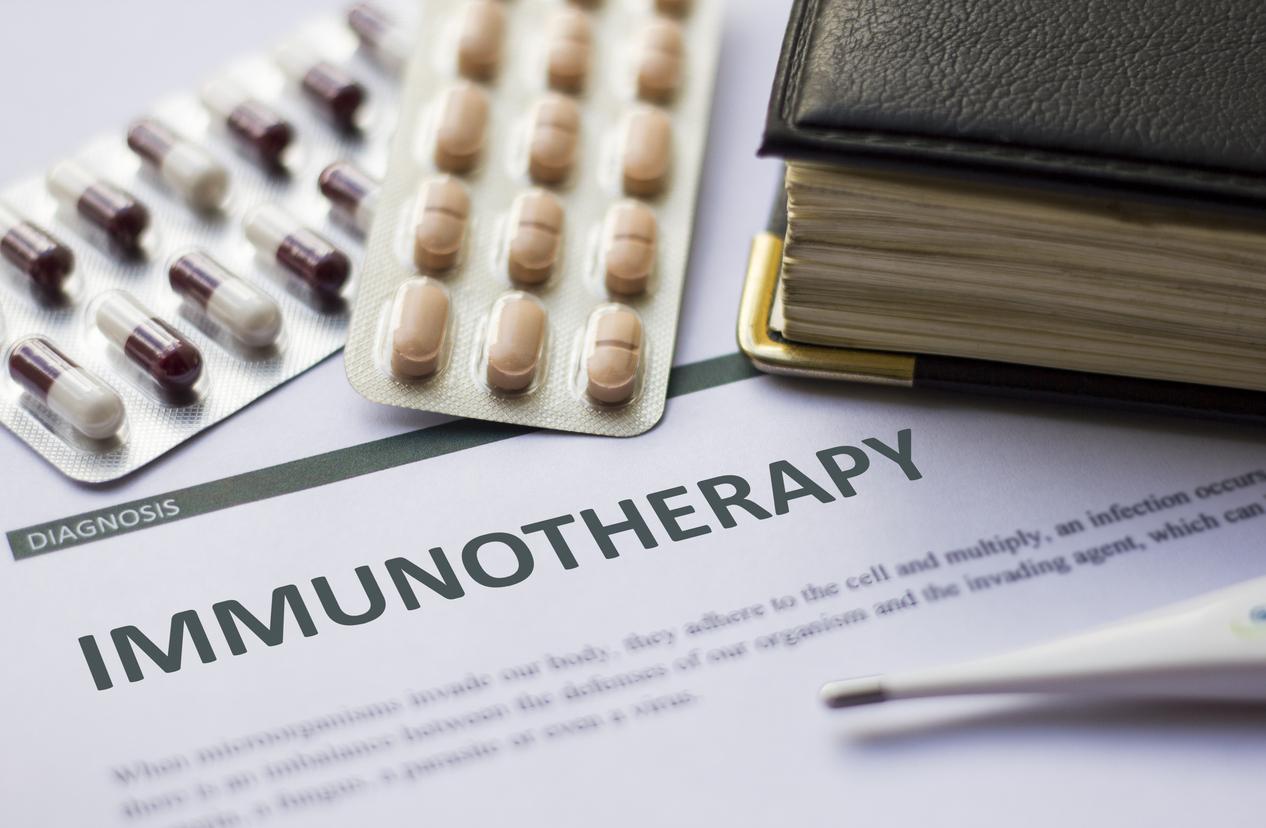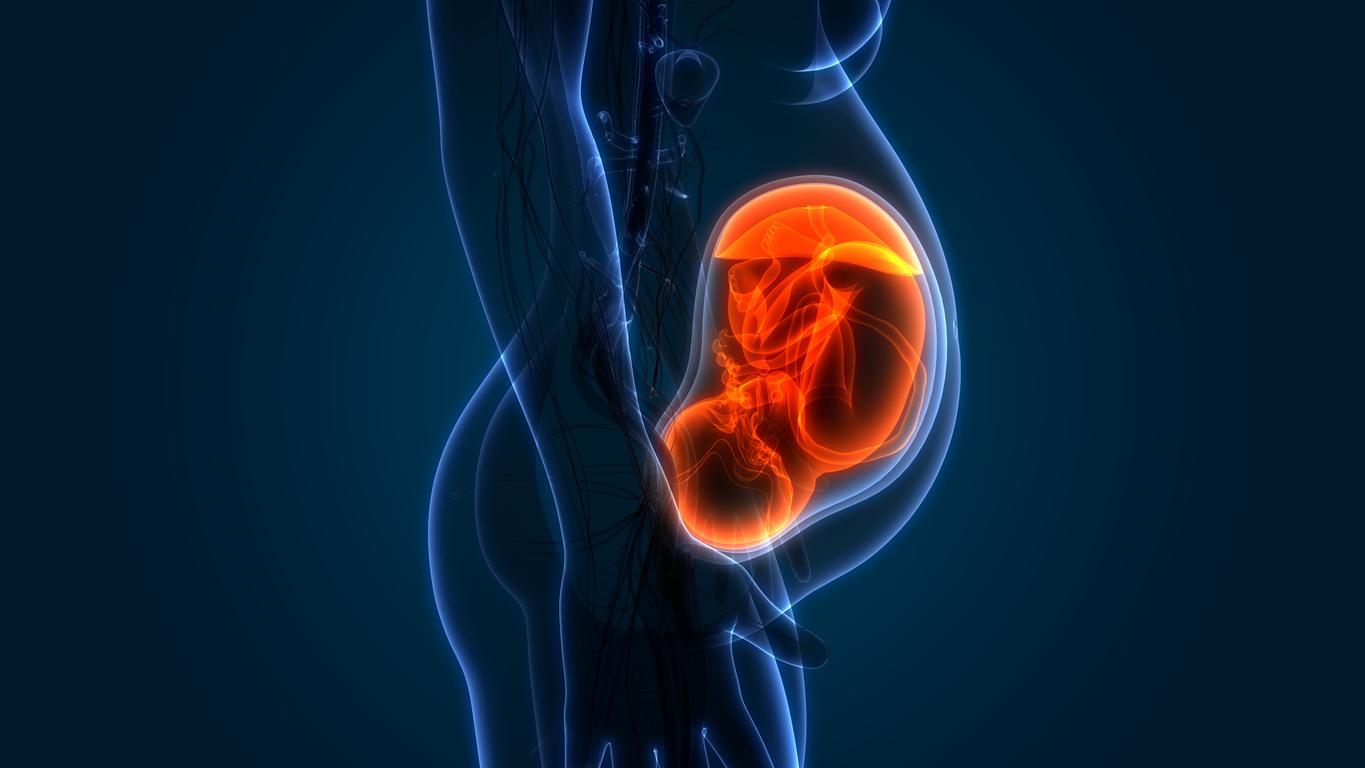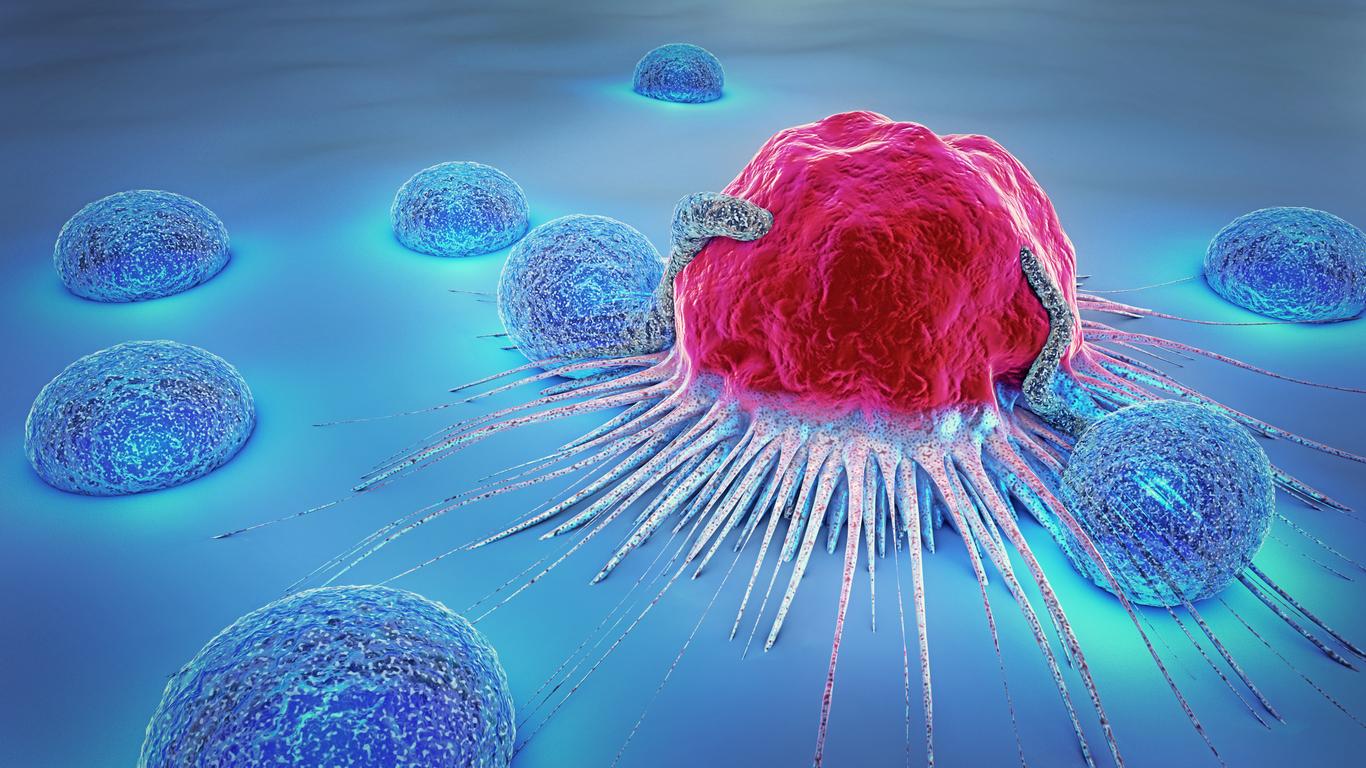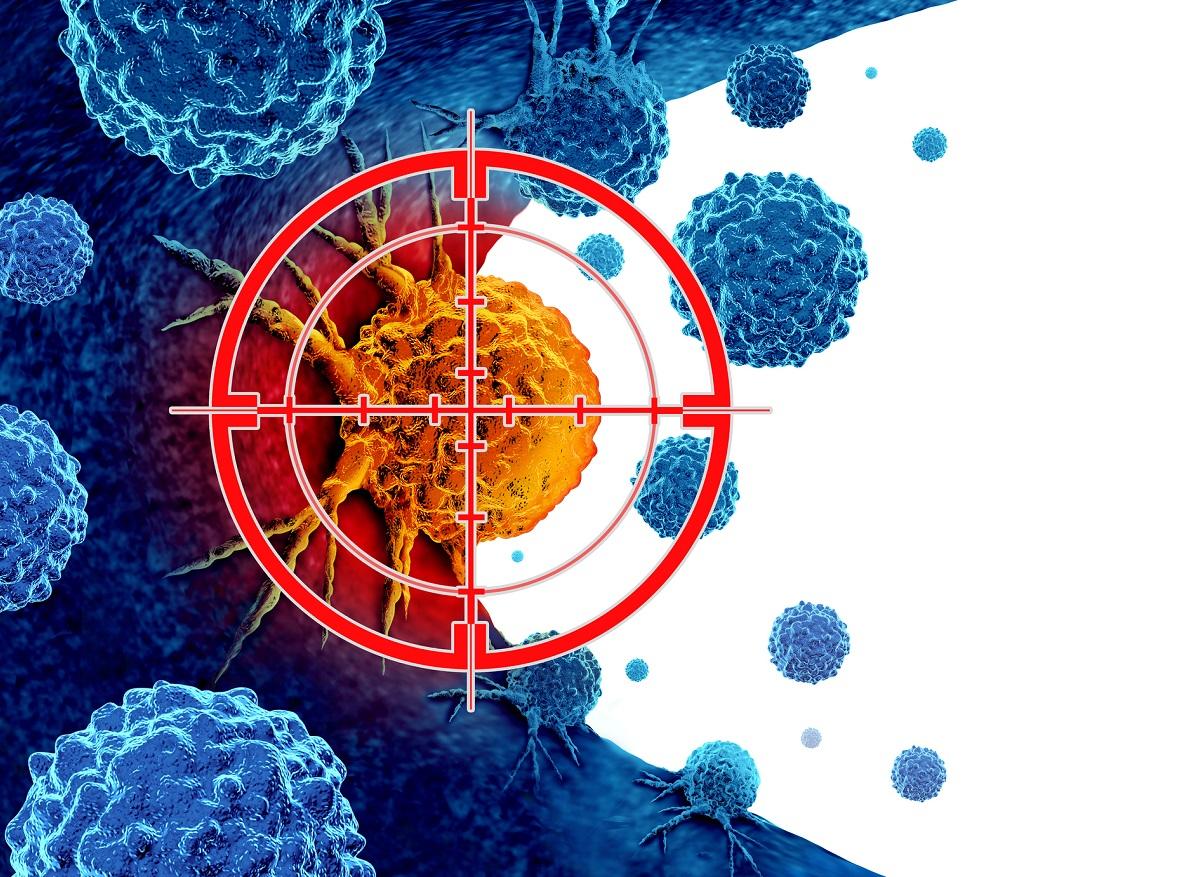People with peanut allergy can eat peanut without symptoms four years after receiving immunotherapy

Peanut allergy is the leading cause of anaphylaxis, and one of the leading causes of death from food allergies. In France, it concerns several hundred thousand people, for whom each new food purchase or meal taken outside must be accompanied by great caution… and sometimes an adrenaline rush in an emergency.
But the ordeal could well be over for all severe allergics. The Australian Murdoch Children Research Institute has developed immunotherapy. The first clinical results unveiled in 2013 had raised hope. Four years later, majority of people treated are still immune to allergy, study finds published in the Lancet.
Two-thirds of long-term effectiveness
Treatment consists of a combination of a probiotic and oral immunotherapy. The treated children had received a combination of Lactobacillus rhamnosus, a bacteria found in some yogurts and soft cheeses, and peanut protein in increasing doses, for 18 months.
After the first phase of testing, 82% of the children had responded well, and had become tolerant to peanuts. Four years later, the majority of them (80%) can still eat peanuts without a problem. In total, therefore, two-thirds of the children treated are still immunized.
Treat food allergies
“The probiotic and oral immunotherapy treatment, or PPOIT, is associated with long-term tolerance to peanuts, four years after the end of the treatment, rejoices Professor Mimi Tang, at the origin of the development of the treatment. These children ate peanuts freely without following any particular program in the years following the end of treatment. “
“The most important result is that these children were able to eat peanuts just like other children who did not have peanut allergy, and to maintain their state of tolerance, protected from reactions, she continues. It also suggests the interesting possibility that tolerance is an attainable target for treating food allergies. “
Good news for our Western societies. While in 1970, only 1% of the population suffered from this type of allergies, this rate could have increased tenfold in less than 50 years. In England, anaphylactic shocks have increased by 700% in 17 years.

.

















